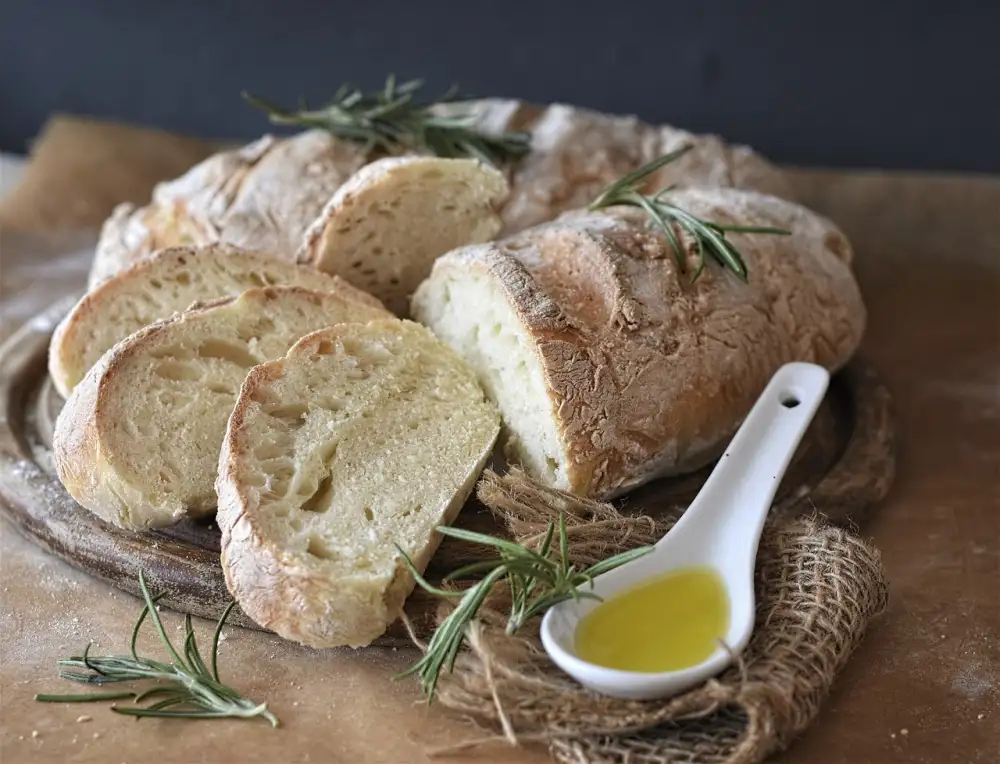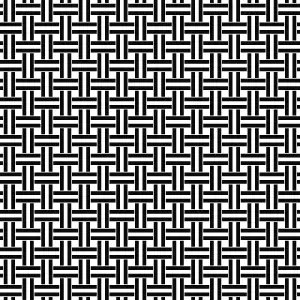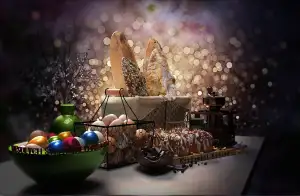Master the Art of Cooking with a Convection Oven: A Step-by-Step Guide for Home Chefs

Convection ovens have become increasingly popular among home chefs due to their ability to cook food faster and more evenly. Unlike traditional ovens, which rely on radiant heat, convection ovens use a fan to circulate hot air around the food, resulting in quicker cooking times and deliciously crispy textures. Whether you're a seasoned cook or just starting out in the kitchen, mastering the art of cooking with a convection oven can take your culinary skills to new heights. In this step-by-step guide, we will explore the basics of convection cooking, how to prepare your oven for use, adjust cooking times and temperatures, utilize the convection fan effectively, and share tips for achieving perfectly cooked dishes. So let's dive in and unlock the full potential of your convection oven!
Understanding the Basics of Convection Cooking
Convection cooking is a method that utilizes the circulation of hot air to cook food more evenly and efficiently. Unlike traditional ovens, which rely on radiant heat, convection ovens have a fan that circulates the hot air throughout the oven cavity.
The circulating air helps to distribute heat evenly around the food, resulting in faster cooking times and more consistent results. This is especially beneficial for baking, as it helps to create perfectly golden and crispy crusts.
One important thing to note is that convection cooking generally requires lower temperatures than conventional cooking. This is because the circulating air transfers heat more effectively, allowing you to achieve the same level of doneness at a lower temperature.
To get started with convection cooking, familiarize yourself with your oven's settings. Most convection ovens offer both a regular bake mode and a convection bake mode. The convection bake mode is recommended for most recipes as it provides optimal airflow for even cooking.
It's also important to adjust your recipe accordingly when using a convection oven. Reduce the temperature by about 25 degrees Fahrenheit (or 15 degrees Celsius) and decrease the cooking time by about 25%. However, keep an eye on your food as it cooks, as these adjustments may vary depending on your specific oven model.
By understanding the basics of convection cooking and making slight adjustments to your recipes, you can take full advantage of this technology and elevate your culinary creations to new heights. So go ahead, experiment with different dishes and enjoy the benefits of mastering the art of cooking with a convection oven!
Preparing Your Convection Oven for Use
Before you start cooking with your convection oven, it's important to properly prepare it for use. Here are a few steps to follow:
1. Read the Manual: Familiarize yourself with the manufacturer's instructions and recommendations for your specific convection oven model. This will ensure that you understand its features and functions.
2. Clean the Oven: Give your convection oven a thorough cleaning before using it for the first time. Remove any packaging materials, stickers, or protective films from the interior and exterior surfaces. Wipe down the inside with a damp cloth to remove any dust or residue.
3. Check the Accessories: Take inventory of the accessories that came with your convection oven, such as racks, trays, and pans. Make sure they are clean and in good condition before using them.
4. Preheat the Oven: Preheating is an essential step in cooking with a convection oven. Set the desired temperature and allow the oven to preheat for about 10-15 minutes before placing your food inside.
5. Adjust Cooking Racks: Most convection ovens come with multiple racks that can be adjusted to different heights. Position them according to your recipe's instructions or based on your desired cooking method.
By following these simple steps, you'll ensure that your convection oven is ready to deliver delicious results every time you cook!
Adjusting Cooking Times and Temperatures
When using a convection oven, it is important to understand that cooking times and temperatures may need to be adjusted. The circulating hot air in the oven cooks food faster than traditional ovens. As a general rule, you can reduce the cooking time by 25% and lower the temperature by 25 degrees Fahrenheit.
For example, if a recipe calls for baking at 350 degrees Fahrenheit for 30 minutes in a conventional oven, you would set your convection oven to 325 degrees Fahrenheit and reduce the cooking time to approximately 22-23 minutes.
It is crucial to keep an eye on your dishes as they cook. Start checking for doneness a few minutes earlier than the original recipe suggests. This will help prevent overcooking or burning.
Additionally, consider using shallow pans or baking sheets with low sides when cooking with a convection oven. This allows the hot air to circulate more evenly around the food, resulting in quicker and more even cooking.
Remember that every convection oven is different, so it may take some trial and error to find the perfect adjustments for your specific model. Keep experimenting and making notes until you achieve consistently delicious results.
By adjusting cooking times and temperatures appropriately, you can ensure that your dishes come out perfectly cooked every time you use your convection oven.
Utilizing the Convection Fan Effectively
The convection fan is a key feature of a convection oven that helps to distribute heat evenly throughout the cooking process. To make the most of this feature, it's important to understand how to use it effectively.
Firstly, always ensure that the convection fan is turned on when using the oven for convection cooking. This will help to circulate hot air and promote even cooking. Most ovens have a dedicated button or setting for activating the convection fan.
Secondly, when placing your dishes in the oven, make sure there is enough space around them for proper air circulation. Avoid overcrowding as this can hinder the effectiveness of the convection fan.
Next, consider using lower temperatures and shorter cooking times when utilizing the convection fan. The circulating hot air allows for faster and more efficient cooking, so you may need to adjust your recipes accordingly. Start by reducing the temperature by about 25 degrees Fahrenheit and monitoring your dish closely to avoid overcooking.
Additionally, be mindful of using shallow pans or baking sheets with low sides when utilizing the convection fan. This allows for better airflow and ensures that your food cooks evenly from all sides.
Lastly, take advantage of the versatility offered by a convection oven's multiple racks. You can cook different dishes simultaneously without worrying about flavors transferring between them. Just remember to rotate the racks halfway through cooking to ensure even browning and doneness.
By following these tips, you can harness the power of the convection fan in your oven and achieve perfectly cooked dishes every time. Experiment with different recipes and techniques to fully master this feature and elevate your culinary skills!
Tips for Achieving Perfectly Cooked Dishes
To achieve perfectly cooked dishes with a convection oven, here are some tips to keep in mind:
1. Use the right cookware: Opt for light-colored, shallow pans that allow for better heat circulation. Avoid using dark or non-stick pans as they can absorb and retain heat, resulting in uneven cooking.
2. Preheat properly: Always preheat your convection oven before cooking. This ensures that the oven reaches the desired temperature and helps food cook more evenly.
3. Adjust cooking times: Convection ovens cook faster than traditional ovens, so reduce the cooking time by about 25%. Keep a close eye on your dishes to avoid overcooking.
4. Lower the temperature: Lowering the temperature by about 25°F (15°C) compared to traditional recipes is recommended when using a convection oven. This prevents food from drying out and helps it retain moisture.
5. Rotate and rearrange: To ensure even browning and cooking, rotate your dishes halfway through the cooking process. You can also rearrange them if needed to promote better airflow.
6. Monitor closely: Keep an eye on your dishes as they cook since convection ovens can be more powerful than regular ovens. This will prevent burning or overcooking.
7. Use baking stones or sheets: Placing baking stones or sheets in your convection oven can help distribute heat evenly and prevent hot spots.
By following these tips, you'll be able to master the art of cooking with a convection oven and enjoy perfectly cooked dishes every time!
Cleaning and Maintaining Your Convection Oven
Cleaning and maintaining your convection oven is essential to ensure its longevity and optimal performance. Here are some tips to keep your oven in top shape:
1. Regularly clean the interior: After each use, wipe down the interior of the oven with a damp cloth or sponge to remove any food residue or spills. For stubborn stains, use a mild detergent or baking soda paste.
2. Clean the convection fan: The convection fan can accumulate grease and debris over time, affecting its efficiency. Turn off the oven and carefully remove the fan cover. Clean it with warm soapy water or a non-abrasive cleaner, then dry thoroughly before reattaching.
3. Remove and clean racks: Take out the racks from the oven and wash them with warm soapy water. If they have stubborn stains, soak them in a mixture of water and dish soap for a few hours before scrubbing.
4. Clean the exterior: Wipe down the outside of your convection oven regularly with a soft cloth and mild detergent to remove fingerprints, grease, or dust.
5. Check and replace filters: Some convection ovens have filters that need regular cleaning or replacement. Refer to your oven's manual for instructions on how to access and maintain these filters.
6. Avoid using harsh chemicals: When cleaning your convection oven, avoid using abrasive cleaners, scouring pads, or harsh chemicals as they can damage the surfaces.
By following these cleaning and maintenance practices, you can ensure that your convection oven remains in excellent condition, allowing you to continue creating delicious meals for years to come.
In conclusion, mastering the art of cooking with a convection oven can elevate your culinary skills to new heights. By understanding the basics of convection cooking and properly preparing your oven for use, you can take full advantage of its capabilities. Adjusting cooking times and temperatures, as well as utilizing the convection fan effectively, will ensure that your dishes are cooked evenly and to perfection. Remember to follow the tips provided to achieve consistently delicious results. Lastly, don't forget to regularly clean and maintain your convection oven to prolong its lifespan and keep it in optimal condition. With practice and experimentation, you'll soon become a pro at creating mouthwatering meals with your convection oven. Happy cooking!
Published: 10. 12. 2023
Category: Home



